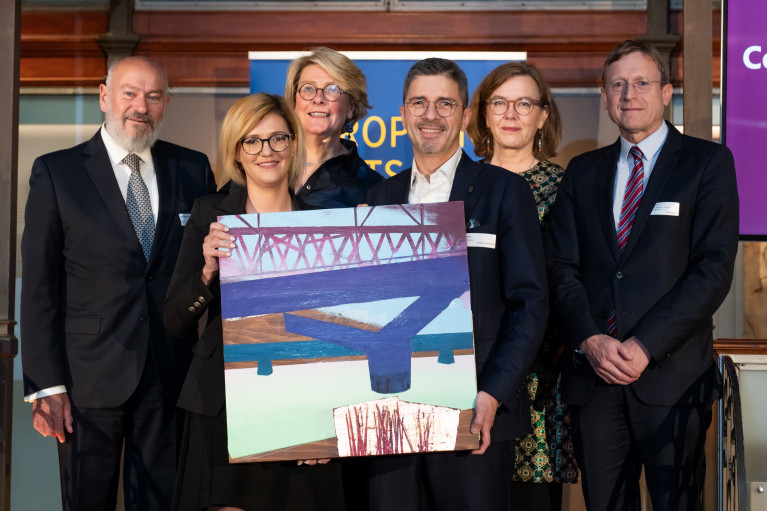Displaying items by tag: Project date: 8 July
Are You the 'Passenger' Port taking the ESPO Award 2022 Home? Submit Your Project Before 8 July
This year's European Sea Ports Organisation (ESPO) Award on Social Integration of Ports focuses on the “Role of maritime passenger transport in enhancing the city connectivity and bringing added value to the local community”.
Are you an ESPO (observer) member port and is your port involved in passenger transport? Then you might be the 2022 ESPO Award winner! If so, check out the terms of reference, select your project and submit it to the ESPO Secretariat by Friday, 8 July 2022 at the latest.
The application form and the terms of reference are available on the ESPO's website. Nothing ventured, nothing gained.
Ports in Europe welcome each year hundreds of millions of passengers, either as travellers, tourists or commuters. In many places, the maritime link ensures the main connection of the city with cities in other countries or with the mainland. Europe’s ports hence play an important role in making it possible for people to visit many beautiful port cities in Europe and discover their cultural and historical heritage. At the same time ferries connect ports in different or the same countries or even parts of a city, and enhance the sustainable connectivity of these cities.
The ESPO Award 2022 will go to the port managing body which has developed a series of initiatives and/or a strategy in collaboration with the different stakeholders and the city to enhance the maritime passenger links and the connectivity within the city or with other cities and regions of Europe, be it for its own citizens or for allowing visitors from all over the world to visit and discover the city and bring added value to the local community. The role of the port in enhancing the connectivity through a smooth and friendly passage through the port in and out of the city, as well as efforts of the port to give visitors a first good impression of the city or region are important criteria. Environmental and social sustainability of the project or strategy will be a prerequisite for winning the ESPO Award 2022.
The 14th ESPO Award will be officially handed out during an Award Ceremony and Dinner, which will take place in November 2022 in Brussels. All applications are promoted through a dedicated award brochure that is published and largely circulated.
About the ESPO Award
The ESPO Award was established in 2009 to promote innovative projects of port authorities that improve social integration of ports, especially with the city or wider community in which they are located. In this way, the Award aims to stimulate the sustainable development of European ports and their cities.
Previous winners of the Award are the Port of Gijón (2009), the Port of Helsinki (2010), the Ports of Stockholm (2011), the Port of Genoa (2012), the Port of Antwerp (2013), the Port of Koper (2014), Port of Dublin (2015), BremenPorts (2016), Guadeloupe Ports Caraïbes (2017), Port of Rotterdam (2018), Port of Dover (2019), Algeciras Port Authority (2020), and Port of Gdańsk Authority (2021).
























































